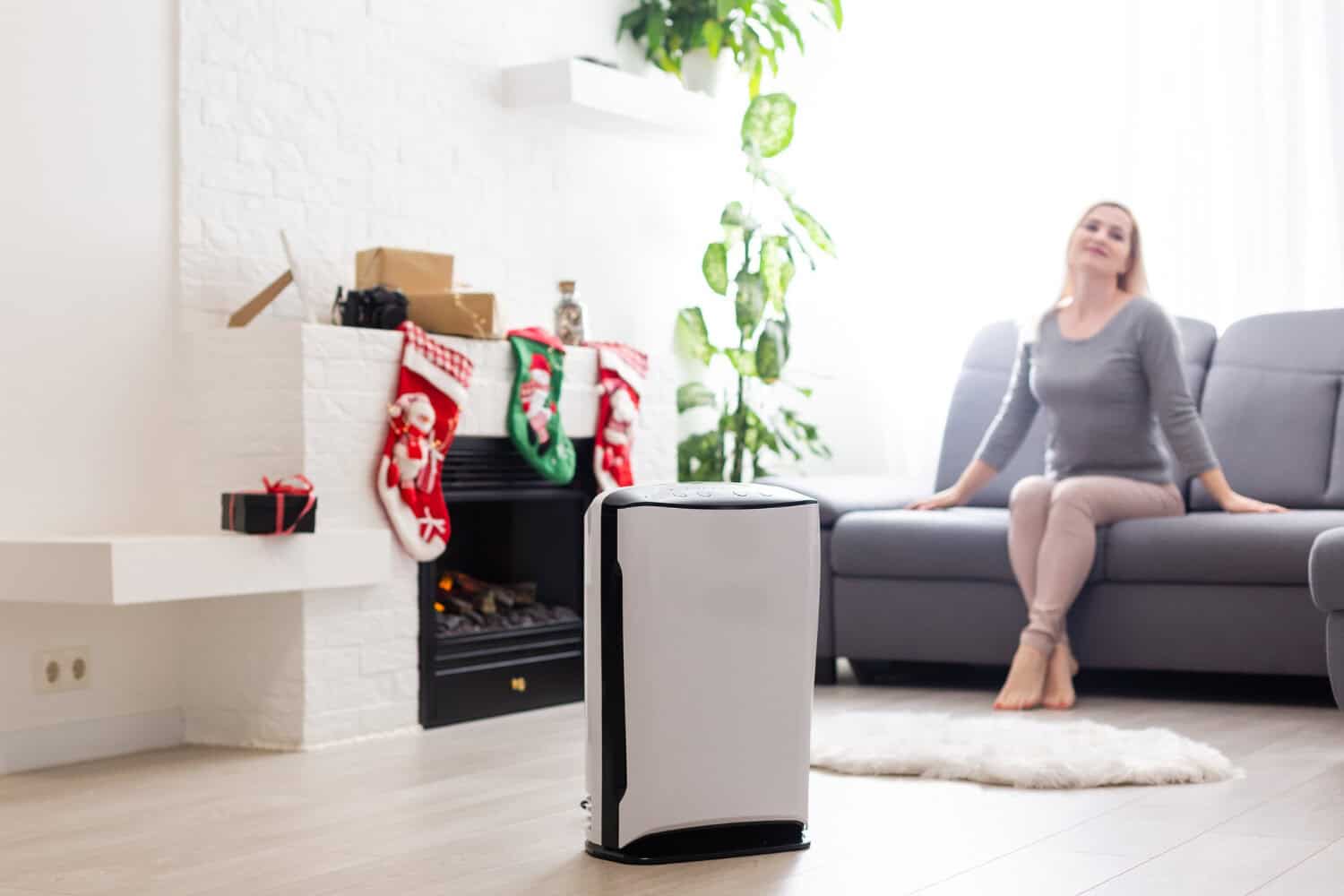
Breathing clean air is essential for maintaining a healthy home environment. With the increased time spent indoors, ensuring good air quality is more important than ever. Indoor air can often be filled with pollutants like dust, allergens, and even chemicals from household products. Fortunately, there are simple and natural ways to improve your home’s air quality, making it a healthier place to live. Read on to find out more.
Utilize Air Purifiers and Plants
Improving indoor air quality can start with using air purifiers, which are an effective way to remove various pollutants and allergens from the air. These devices work by drawing in air and passing it through filters that capture dust, pollen, pet dander, and even some bacteria and viruses. High-efficiency particulate air (HEPA) filters are considered the gold standard for trapping tiny particles, making air purifiers particularly beneficial for households with allergy sufferers or pets.
Houseplants offer a natural way to enhance air quality. Certain plants, like the peace lily, spider plant, and snake plant, absorb toxins such as formaldehyde, benzene, and trichloroethylene from the air. These plants also produce oxygen, creating a fresher atmosphere indoors. Besides their air-cleansing properties, houseplants add beauty and a sense of tranquility to your home environment.
Consider placing air purifiers in high-traffic areas or rooms where family members spend the most time, such as the living room and bedrooms. As for houseplants, position them where they’ll thrive while having the greatest impact on air quality, like near windows or in the corners of rooms. Combining technology with nature, you can significantly improve the air you breathe, leading to a more inviting and clean indoor space.
Maintain Proper Ventilation
Proper ventilation is key in maintaining a healthy home environment, as it prevents the buildup of mold and odors. Without adequate airflow, moisture from cooking, showering, or even breathing can linger, leading to damp conditions that foster mold growth. Mold smells unpleasant and can trigger allergies or asthma attacks. Good ventilation helps control these issues by moving stale, damp air out and bringing fresh air in.
There are several easy ways to improve ventilation. Use exhaust fans in kitchens and bathrooms to quickly remove humidity and smells. Make it a habit to run these fans during and after showering or cooking. Opening windows regularly is another simple way to refresh indoor air. Even a few minutes a day can make a noticeable difference, especially on mild days when you can create a cross-breeze to circulate fresh air through the house.
Maintaining your HVAC system plays a crucial role in ventilation. Ensure your system is clean and working efficiently, as this supports better airflow throughout your home. Replace air filters regularly to keep the air moving smoothly.
Control Humidity Levels
Managing humidity is vital for maintaining good indoor air quality and overall comfort at home. When humidity levels rise above 50%, it can create a breeding ground for mold, dust mites, and other allergens. Excessive humidity can also cause unpleasant, musty odors and even damage your home’s structure over time. High humidity levels can worsen respiratory problems and affect those with asthma or allergies.
There are effective solutions for keeping humidity in check. Dehumidifiers are a practical choice, designed to extract moisture from the air and maintain optimal humidity levels. They’re especially useful in basements, laundry rooms, and other areas prone to dampness. It’s essential to choose the right size dehumidifier for the space it’s being used in to maximize efficiency.
Proper ventilation is another effective way to control humidity. Use exhaust fans in areas like bathrooms and kitchens to expel humid air. Opening windows briefly after a shower or during cooking can also help with ventilation. Make sure your home’s HVAC system is in good working order, as it can help regulate indoor humidity levels more consistently.
Regular Cleaning and Maintenance
Regular cleaning and maintenance are fundamental to reducing dust and allergens in your home. Dust and debris can accumulate quickly, affecting both air quality and respiratory health. Routine cleaning tasks, such as sweeping, vacuuming, and dusting, help minimize the presence of allergens. Use a vacuum cleaner with a HEPA filter to capture fine particles that are often missed by standard vacuums.
Focus on cleaning areas where dust collects, such as carpets, rugs, and upholstery. Don’t forget to wash curtains and bedding frequently. Regularly wiping down surfaces with a damp cloth can also prevent dust from accumulating.
Maintaining air ducts, filters, and HVAC systems ensures they operate effectively. Dirty filters and air ducts can circulate dust and allergens throughout your home. Inspect filters monthly and replace them every few months or as needed to keep airflow consistent and clean. Scheduling regular HVAC maintenance checks can prevent larger issues from developing and ensure your system is cleaning the air as it should.
Conclusion
Improving indoor air quality doesn’t require drastic measures; simple, consistent actions can make a significant impact. By using air purifiers and plants, maintaining proper ventilation, controlling humidity, and keeping up with regular cleaning and maintenance, you can ensure the air in your home is fresh and healthy. These strategies enhance comfort and well-being, making your home a safer place to breathe.
Ready to transform your indoor air quality? My Jockey is here to help. Our team is committed to making your air purer and your home more comfortable than ever. Whether you need expert advice or professional air purification service, we’ve got you covered. Contact us today to breathe easy and live well all year round.

No comment yet, add your voice below!